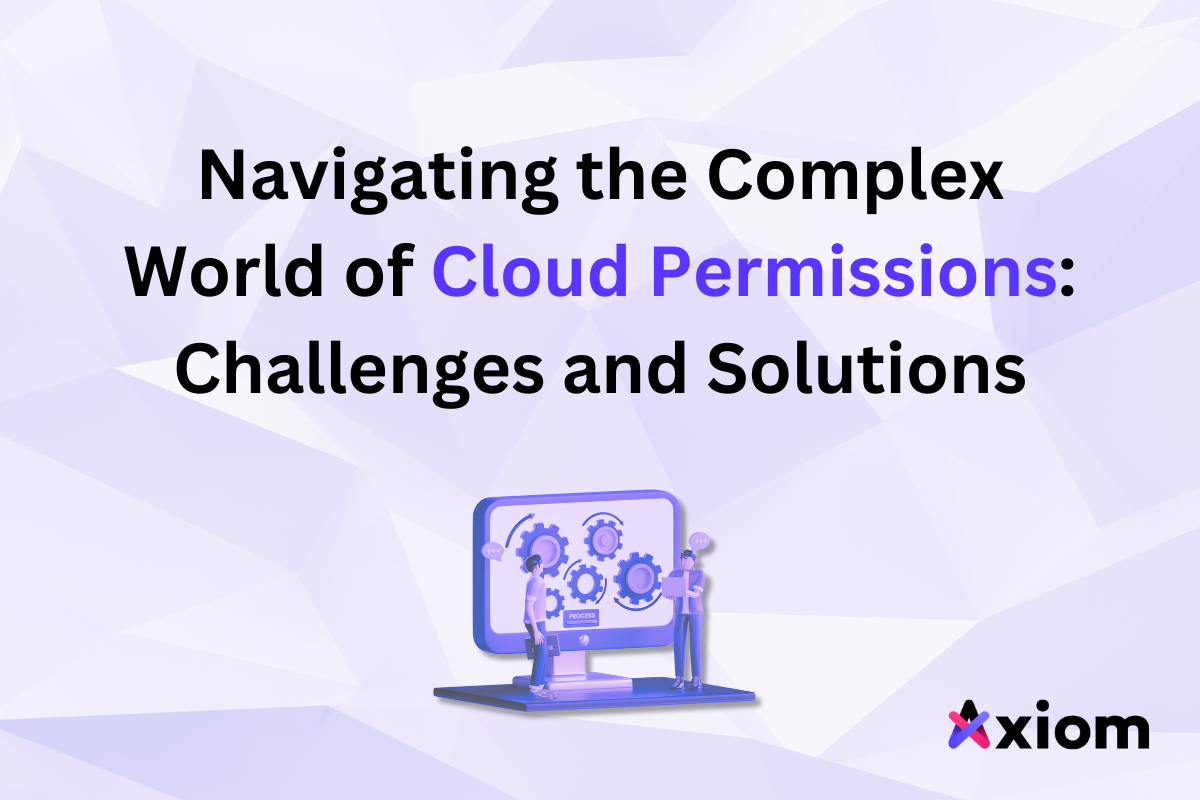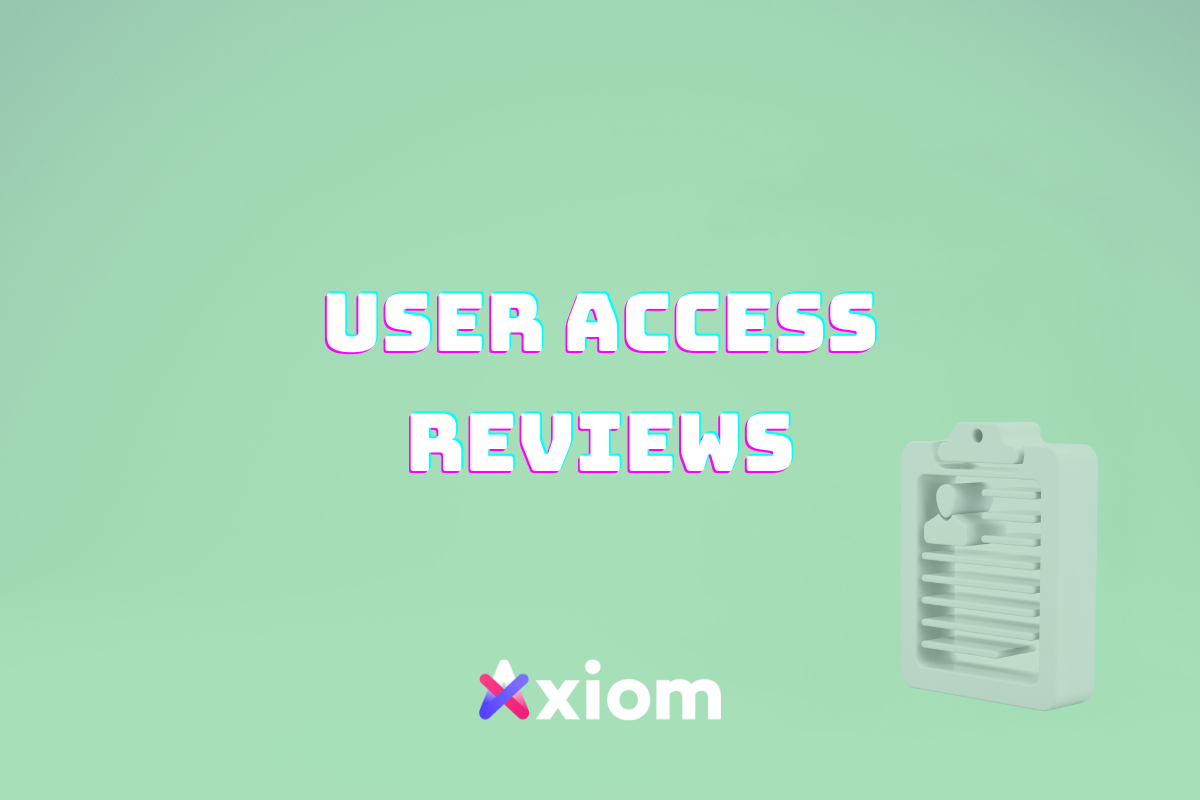According to IBM, 82% of breaches in 2023 involve cloud-stored data, and 19% involve misconfigured cloud permissions (Source: IBM Cost of data breach report).
In today’s digital landscape, where businesses increasingly rely on cloud and SaaS solutions, managing permissions has become a paramount concern. The need to secure sensitive data access while ensuring employees have the right level of access is essential. However, as organizations embrace the cloud and expand their digital footprint, managing permissions has become complex and daunting.
The Growing Complexity of Cloud Permissions
1. Multi-Cloud Environments: Many organizations operate in multi-cloud environments, utilizing a mix of cloud providers to meet their needs. Each cloud provider comes with its own unique permissions and identity management systems. Coordinating these diverse systems can quickly become overwhelming.
2. Rapid Provisioning and Deprovisioning: With the scalability and flexibility of cloud services, new resources are provisioned, and old ones are de-provisioned at a rapid pace. Ensuring that permissions align with these dynamic changes is a continuous challenge. Overlooking the revocation of permissions for unused resources can result in unnecessary security risks.
3. User Roles and Hierarchies: Managing user roles and hierarchies can become complex as companies grow. It involves managing access for different job functions, departments, and external partners, which is constantly changing. The challenge is to ensure that the right people have access to the required resources without granting excessive privileges. This process can be a major headache if not managed properly.
4. Security Risks: Incorrectly configured permissions can lead to data breaches and security vulnerabilities. The consequences of over-permissions can be dire, as unauthorized users may gain access to sensitive information or systems. Conversely, under-permission can hinder productivity and collaboration, leading employees to circumvent security measures.
5. Compliance Requirements: Many industries have strict compliance regulations (e.g., GDPR, HIPAA, SOC 2) that require precise control over data access. Failing to adhere to these compliance requirements can result in severe consequences, including hefty fines and legal actions.
Solutions for Complex Permissions Management
In response to these formidable challenges, organizations must adopt proactive strategies and leverage innovative solutions to navigate the complex world of cloud permissions:
1. Automation: Automation tools can help organizations streamline permissions management. Automated workflows can provision, de-provision, and adjust permissions based on predefined rules, reducing the risk of manual errors and ensuring permissions are always up to date.
2. Regular Auditing: Regular auditing permissions can help organizations identify and rectify discrepancies, security risks, and unnecessary access. These audits should be conducted at scheduled intervals and whenever significant changes occur.
3. Role-Based Access Control (RBAC): Implementing RBAC frameworks simplifies permissions management by assigning roles to users based on their job functions. This approach ensures that permissions are granular and aligned with specific roles, making it easier to grant and revoke access as needed.
4. Unified Identity Management: Integrating identity management solutions provides a centralized view of user access across cloud and SaaS applications. This integration simplifies the management of permissions, as administrators can use a single platform to control access.
5. Continuous Monitoring: Implementing continuous monitoring solutions helps organizations detect and respond to unauthorized access or suspicious activities promptly. Real-time alerts and insights into user behavior can help security teams take immediate action.
Relevant Insights from IBM
- Organizations with mature cloud identity and access management (IAM) practices were able to identify and contain data breaches 11 days faster on average than organizations with immature IAM practices.
- Organizations that use least privilege access principles for cloud permissions saved an average of $310,000 on breach costs.
- Organizations that use cloud security monitoring tools to detect and respond to suspicious activity saved an average of $420,000 on breach costs.
Conclusion
Cloud permissions are a critical challenge for businesses. Organizations can address this by using automation, auditing, RBAC, unified identity management, and continuous monitoring to ensure secure and compliant permissions management in their cloud and SaaS environments. This helps minimize security risks and maintain an efficient cloud permissions ecosystem. Solutions like Axiom Security can also help tackle these challenges.






